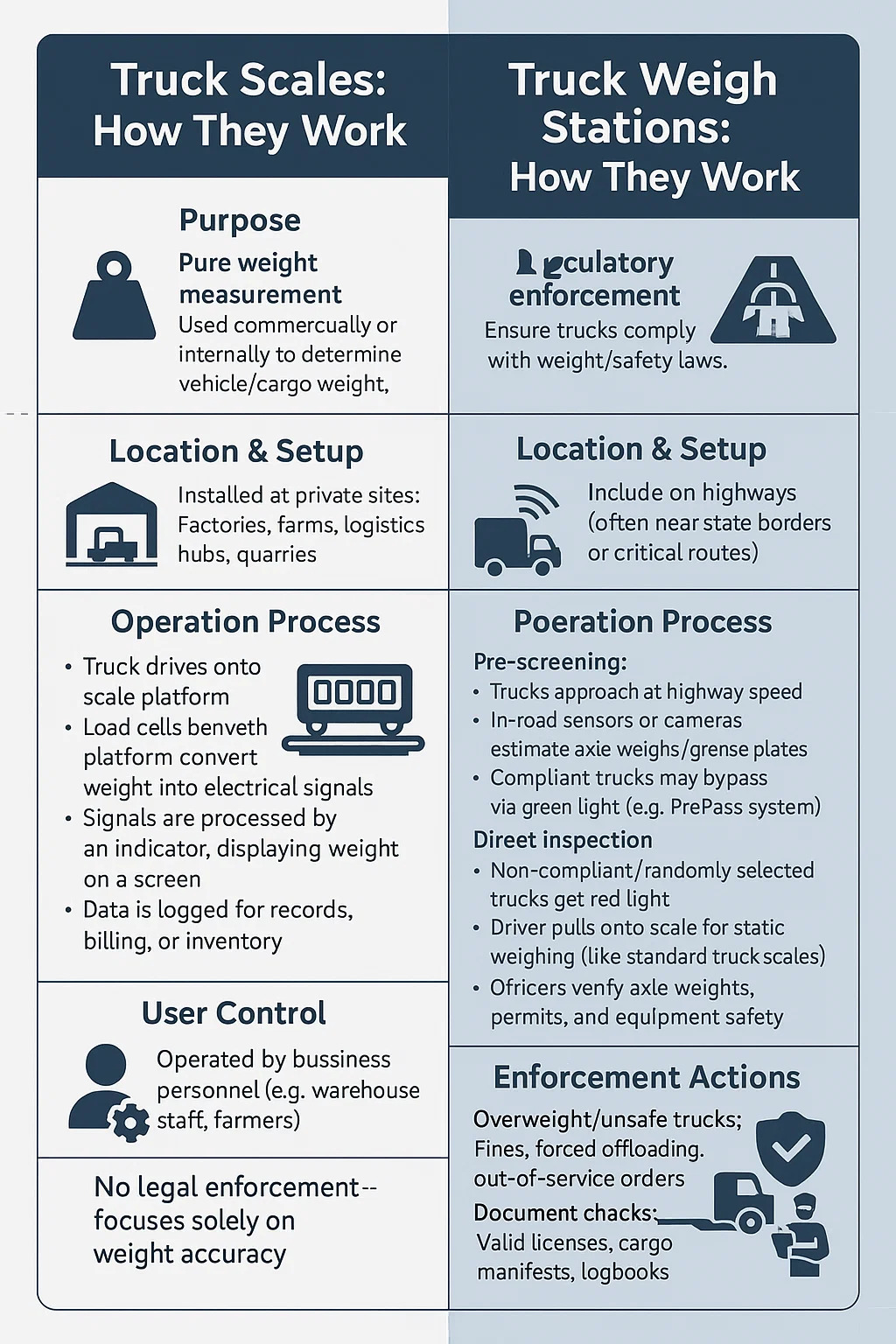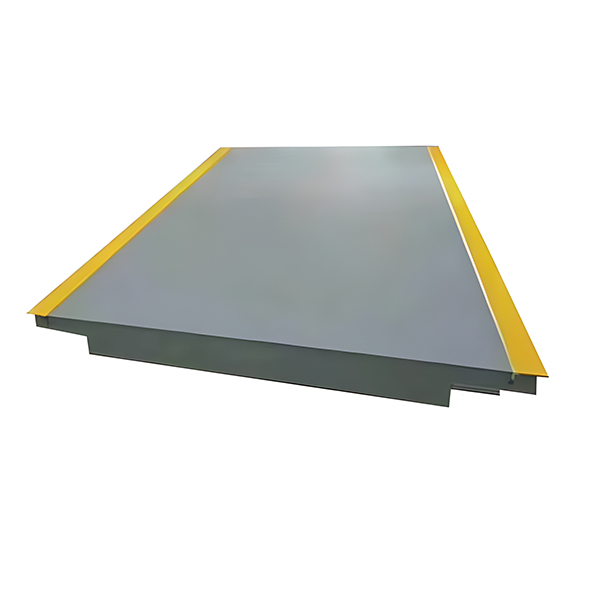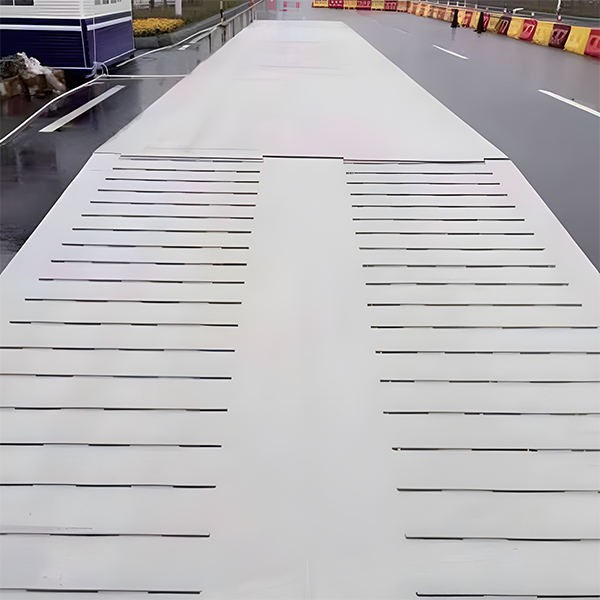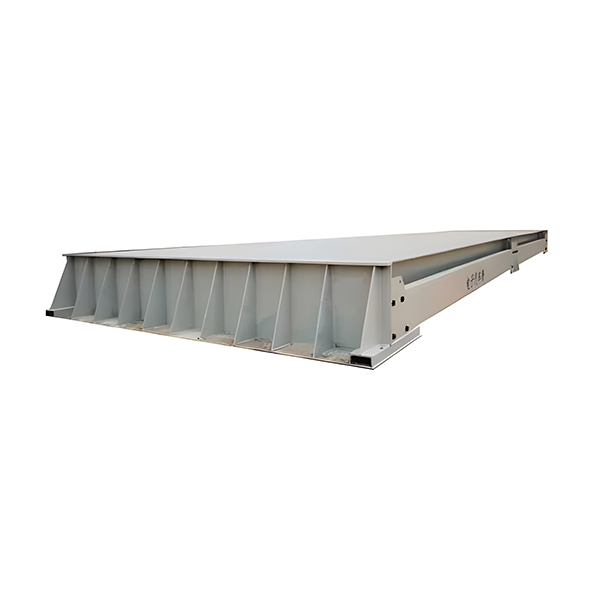Web Menu
Product Search
Exit Menu
How different truck scales and truck weigh stations work?
Below is a clear, point-by-point comparison of how truck scales (weighing devices) and truck weigh stations (enforcement facilities) operate, emphasizing their distinct roles and workflows:
1.Truck Scales: How They Work
--Purpose
Pure weight measurement: Used commercially or internally to determine vehicle/cargo weight.
--Location & Setup
Installed at private sites: Factories, farms, logistics hubs, quarries.
May be fixed (pit/surface-mounted) or portable (temporary setups).
--Operation Process
Truck drives onto the scale platform.
Load cells beneath the platform convert weight into electrical signals.
Signals are processed by an indicator, displaying weight on a screen.
Data is logged for records, billing, or inventory.
--User Control
Operated by business personnel (e.g., warehouse staff, farmers).
No legal enforcement – focuses solely on weight accuracy.
2.Truck Weigh Stations: How They Work
--Purpose
Regulatory enforcement: Ensure trucks comply with weight/safety laws.
--Location & Setup
Located on highways (often near state borders or critical routes).
Include scales, inspection bays, and DOT offices.
--Operation Process
Pre-screening:
Trucks approach at highway speed.
In-road sensors or cameras estimate axle weights/license plates.
Compliant trucks may bypass via green light (e.g., PrePass system).
Direct inspection:
Non-compliant/randomly selected trucks get red light.
Driver pulls onto scale for static weighing (like standard truck scales).
Officers verify axle weights, permits, and equipment safety.
--Enforcement Actions
Overweight/unsafe trucks: Fines, forced offloading, out-of-service orders.
Document checks: Valid licenses, cargo manifests, logbooks.
Key Differences Summarized
| Aspect | Truck Scale | Truck Weigh Station |
| Primary Goal | Measure weight for operational needs | Enforce legal weight/safety standards |
| Operator | Business staff | DOT/transportation police |
| Weight Use | Billing, inventory, logistics | Penalties, compliance records |
| Location | Private property (factories, mines) | Highways, state borders |
| Process | Single-step weighing | Pre-screening → Bypass or full inspection |
| Data Outcome | Internal business record | Legal violation report or clearance |

-
Add: Building 3, No. 355, Xiangshan East Road, Binhai Economic Development Zone, Cixi City, Ningbo, Zhejiang, China.
-
Tel: +86-18969402526
-
Phone: +86-0574-86817102
-
E-mail: [email protected]

 English
English 中文简体
中文简体





